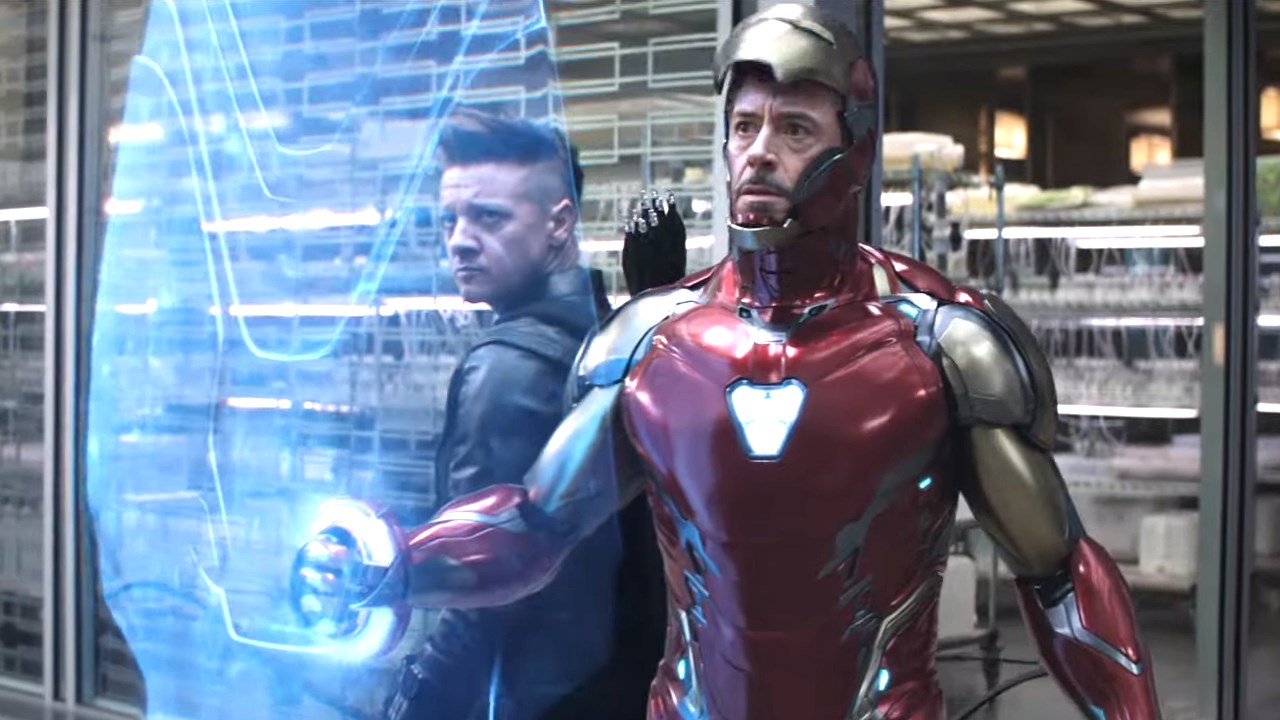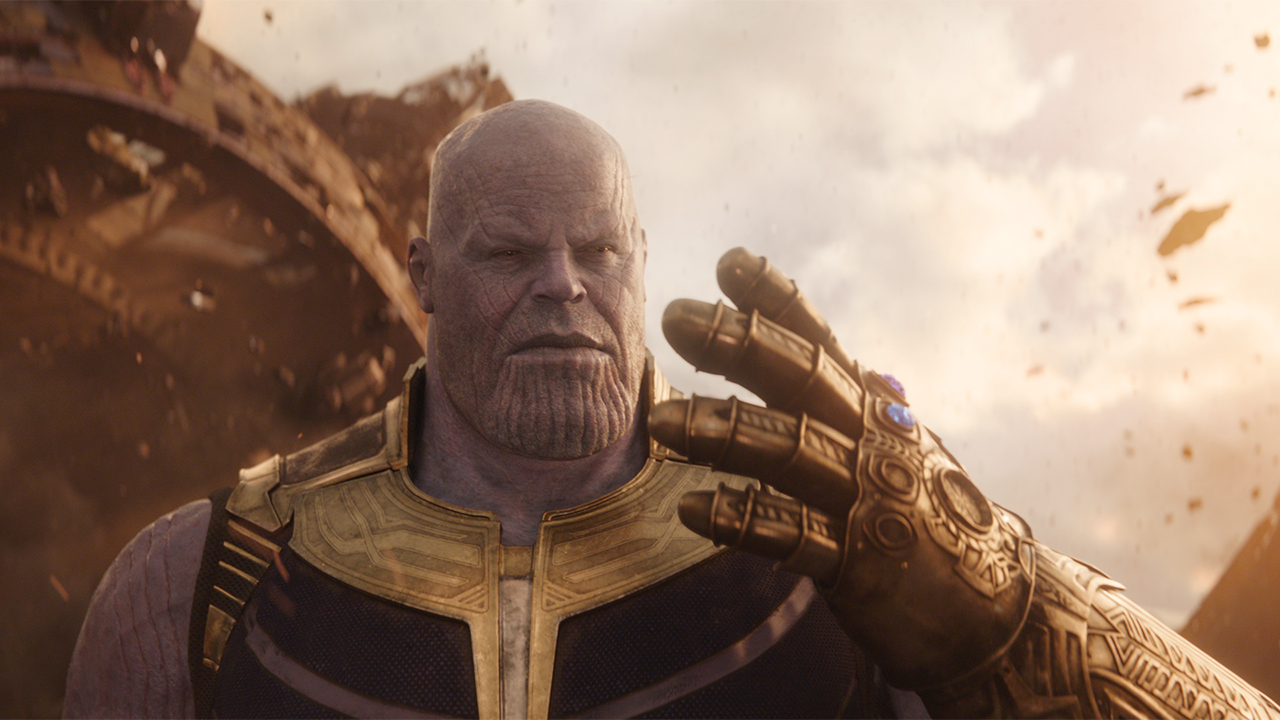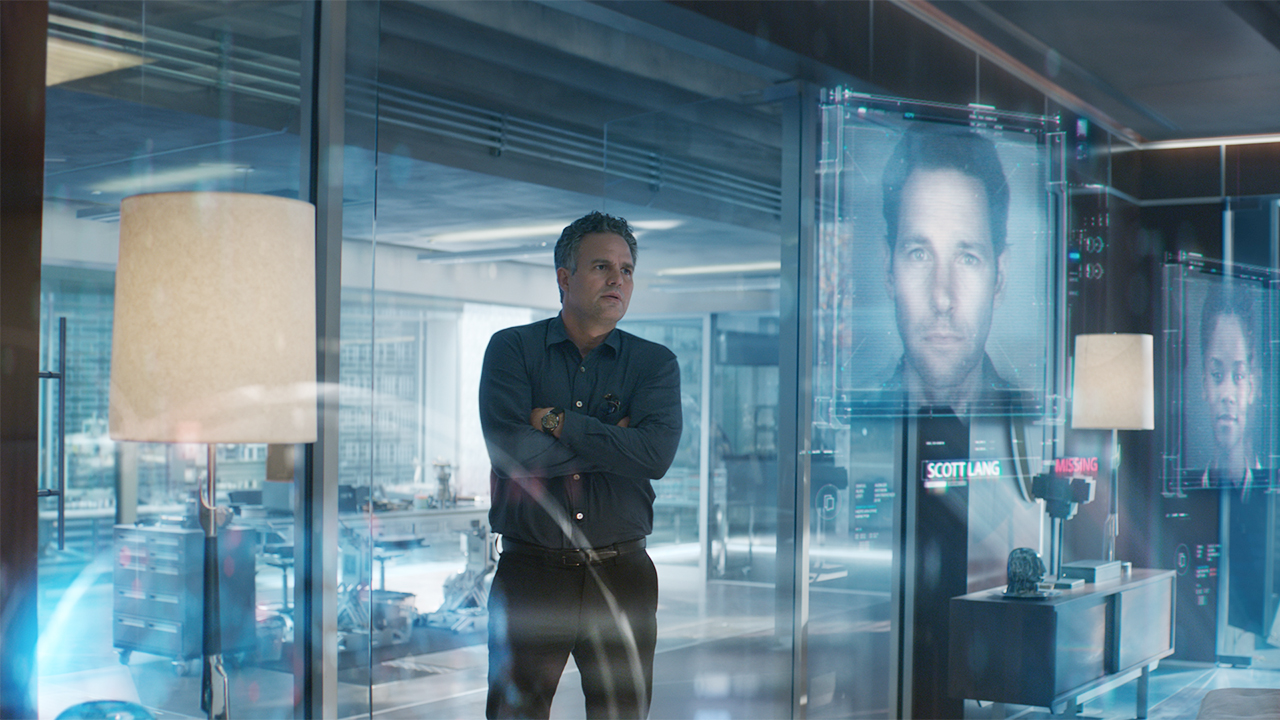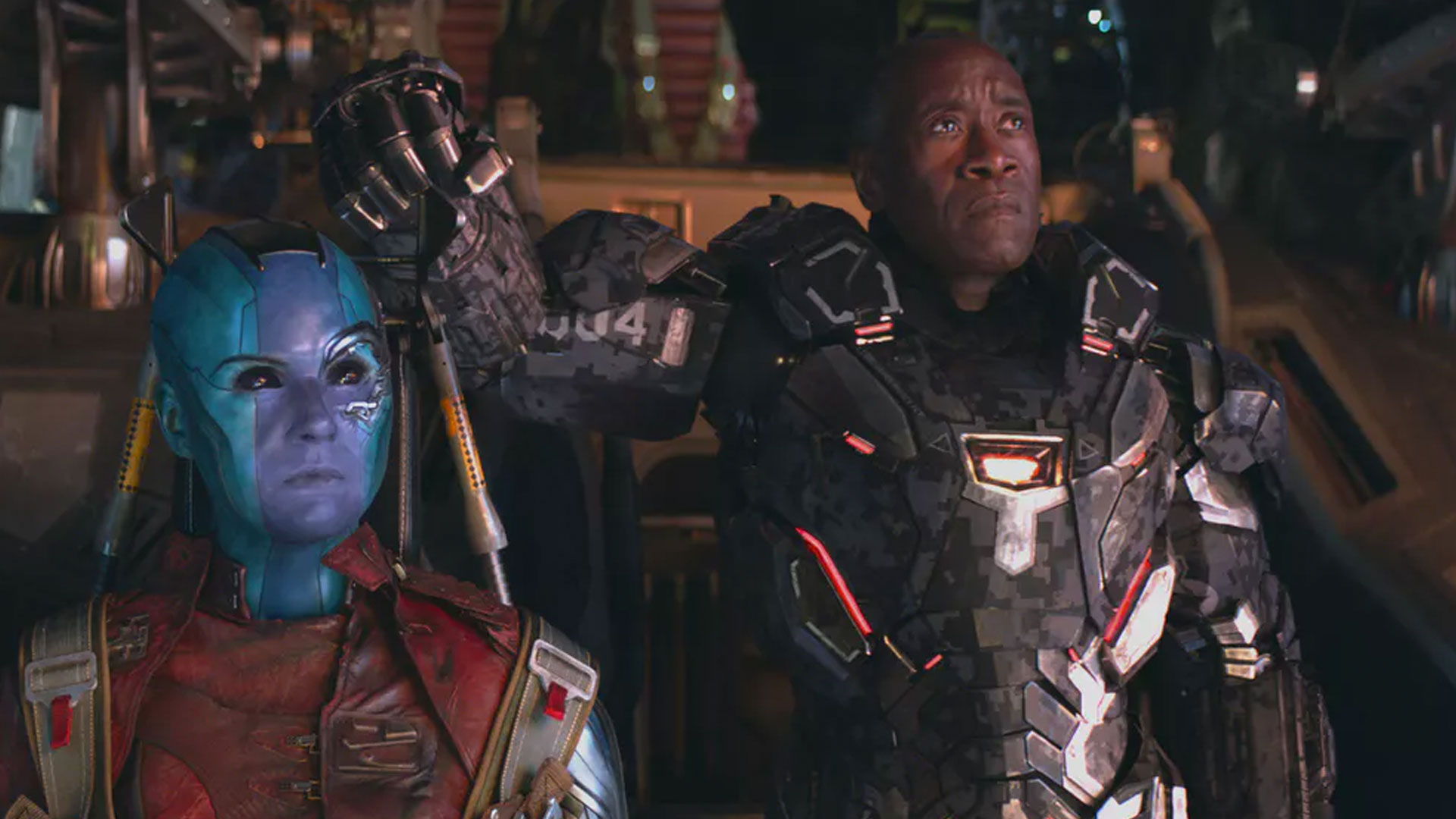What would really happen if The Avengers reversed Thanos' Snap? Humanity's endgame, according to a population expert
We ask an economist whether Avengers: Endgame’s ending makes any actual sense

Disclaimer: This article contains full, unadulterated spoilers for both Avengers: Infinity War and Avengers: Endgame. Read at your peril.
It might not seem like it, but Avengers: Endgame has one of the happiest endings you could hope for from a movie of its kind, especially given the cataclysmic events that occur over its three hour runtime. Think about it: 3.5 billion people who had been presumed dead for five years have suddenly reappeared on the Earth without warning, and – not a few months later – Peter Parker’s off on a school trip to Europe in Spider-Man: Far From Home. Are we really to believe that modern infrastructure, including public education and commercial airline travel, are back to operating like business as usual in the wake of such an earth-shattering event?
Lyman Stone, a professional economist with an expertise in population studies, makes an even better point. "If those who were snapped immediately came back into existence in the same place they were in before they died five years ago, then – technically speaking – they would turn up just out in space somewhere, given that the rotational position of the Earth has changed significantly in that time." We’re willing to forgive Marvel on that particular quibble (let’s just say Bruce Banner accounted for the geographical anomaly when making his reverse snap), but an analysis of Endgame from Stone’s uniquely positioned perspective digs up several even larger plot holes.
Perfectly balanced?

Let’s start with Snap Number 1; a.k.a. Thanos’ decision to remove half of all life in the known universe. Avengers: Endgame, following a brief prologue, jumps ahead five years after the events of Infinity War, but doesn’t go into too much detail about how the Earth has changed in the time between.
"The problems of having too many people are always lesser than the problems of having too few."
Lyman Stone
We see a few sweeping shots of a barren Manhattan, a street strewn with rubbish in San Francisco, a survivor’s council trying to come to terms with their grief, and a brief reference to a restaurant, suggesting that private industry and commercial recreation is still humming away to some extent (at least in the United States, anyway). For the most part, however, the movie’s writers don’t dwell too much on the details, and rightly so, as they’d quickly discover a dystopian disaster that would probably push Endgame well into R-Rated territory.
"If you lose half the population, you will lose more than half the wealth and productivity of human society," Stone explains, detailing what he believes would really happen in the wake of Thanos’ snap. "In smaller populations, there’s less opportunity for specialisations, there's fewer economies of scale, and you’ll have a lot of places that fall below the ability to sustain their existing infrastructure. So you’d have a geographic triaging where people have to abandon whole communities and move to where the remaining populace is, and that has severe costs associated with it."

"So, after the snap there would not only be fewer people, but they would be significantly poorer," Stone continues. "It’s also reasonable to think that you would have a lot of psychological strain from losing so many people in such an inexplicable way; you’d essentially have an entire society struck with PTSD, which is not going to be good for questions of violence and public order. To put it bluntly, snuffing out half of life would be a very bad thing."
Sign up to the SFX Newsletter
Get sneak previews, exclusive competitions and details of special events each month!
If anything, then, Endgame’s slight but strangely serene depiction of an Earth five years on from The Decimation is practically utopian compared to what it would look like in reality, and Stone claims that Thanos was very, very wrong in his belief that a halved population is one that would eventually lead to greater peace and prosperity. Clearly, the mad titan wasn’t the greatest student of history, and underestimates humanity’s capacity to mess everything up, no matter our size, as Stone explains.
"I hate to break it to you, but the Bubonic Plague – which is the best real world example of a drastic reduction in human population – did not create peace and prosperity in Europe. The 100 Years War literally raged between France and the UK for the next century after it. The reality is that population decline doesn't make society better. If anything, it makes things worse by bringing out people’s basest fears about what's going to happen to them and their community. In all likelihood, The Snap would have given way to even more anarchy and even worse behaviour."


Avengers: Endgame ending - 18 biggest questions we have after watching
But back to Endgame’s second, perhaps even more problematic snap, which brought back everyone who was first dusted at by the Avengers: Infinity War ending. This isn’t quite the victory that the movie makes it look out to be, but instead presumably the beginning of a worldwide rehabilitation programme that could easily teeter into outright global disaster. According to Stone, this snap may be even more catastrophic than the first, even if – unlike Thanos’ click – it holds more legitimacy as the morally right thing to do.
"You would immediately have every layer of infrastructure overwhelmed by a sudden influx of people, and there would certainly be a lot of human suffering as society struggles to adjust to that. Let’s not forget that, for the people who are brought back, they have no memory of the last five years, and are expecting to return to the status quo, but the Earth is not the same one they left."
That creates a new kind of social tension between the "leavers" and the "remainers", the latter of whom are now accustomed to a lower quality of life than the former group, who would have to immediately adapt to an Earth that wasn’t expecting them, and may not be able to cater to their most basic needs, desires, rights, and freedoms.

That said, Stone believes that society would find a way to manage the change, and ultimately agrees that the The Avengers’ decision to bring them all back wasn’t in error, even if they may not have thought through, or even prepared for, the logistical challenges of the reversion.
"It’s worth noting that human population has doubled over the last 30 years, so this kind of growth is not some absurd thing that we’ve never experienced before. We’ve seen it multiple times in the last century, and we know how to handle it to some extent. My inclination is that, yes, there would be problems, but the problems of having too many people are always lesser than the problems of having too few."
For the many, not the few
Indeed, the two part saga of the latest Avengers outing both channels and reflects society’s growing fears and concerns about population growth, resource inequality, and climate change, and is emblematic of an entertainment industry that is increasingly willing to grapple with those questions. "These issues are part of the zeitgeist right now," says Stone. “I appreciate that Hollywood is reliably casting population controllers as the bad guys, because in human history they are the bad guys. The population control agenda has no humane side to it. Wherever a desire to restrain a population crops up, it inevitably leads to inhumanity, because ultimately the agenda is to thwart human life."

As for the Marvel Cinematic Universe itself, there’s plenty of opportunity for Disney to revisit and explore the socio-political implications of both The Decimation and its undoing via future movies. Hell, Marvel could devote an entire trilogy to the aftermath, and it would probably beat most other blockbusters at the box office. "I’d love to see them tell a story that deals with the tension between people who persisted versus people who were snapped back in,” Stone continues, though his most burning questions about the MCU’s anthropological climate still lies with Black Panther.
"The real demographic problem in the MCU is actually Wakanda. This is a small country that has repeatedly had both its male and female populations trained at a very high level of militarization and deployed on the front lines of extremely violent situations. There’s no way there isn’t a major population problem in Wakanda right now." Black Panther 2: Curse of the Baby Boom, anyone?
At the end of the day, Avengers: Endgame is a superhero movie, and we can’t expect it to explain away every plot hole or answer every question while also telling a mythological story that succeeds as a piece of popular entertainment. Still, if the movie’s themes and ideas act as a springboard for more people to think more critically about topical issues surrounding population studies, international development, and beyond, then perhaps Marvel will need to tread more carefully with its treatment of global disasters in future. Thanos might be made up, but his concern for Earth’s future remains scarily rooted in reality.
Watch our full Avengers: Endgame review in the video below, or find out where the sequel lands in our list of the best superhero movies of all time (so far).
I'm GamesRadar's Features Writer, which makes me responsible for gracing the internet with as many of my words as possible, including reviews, previews, interviews, and more. Lucky internet!



